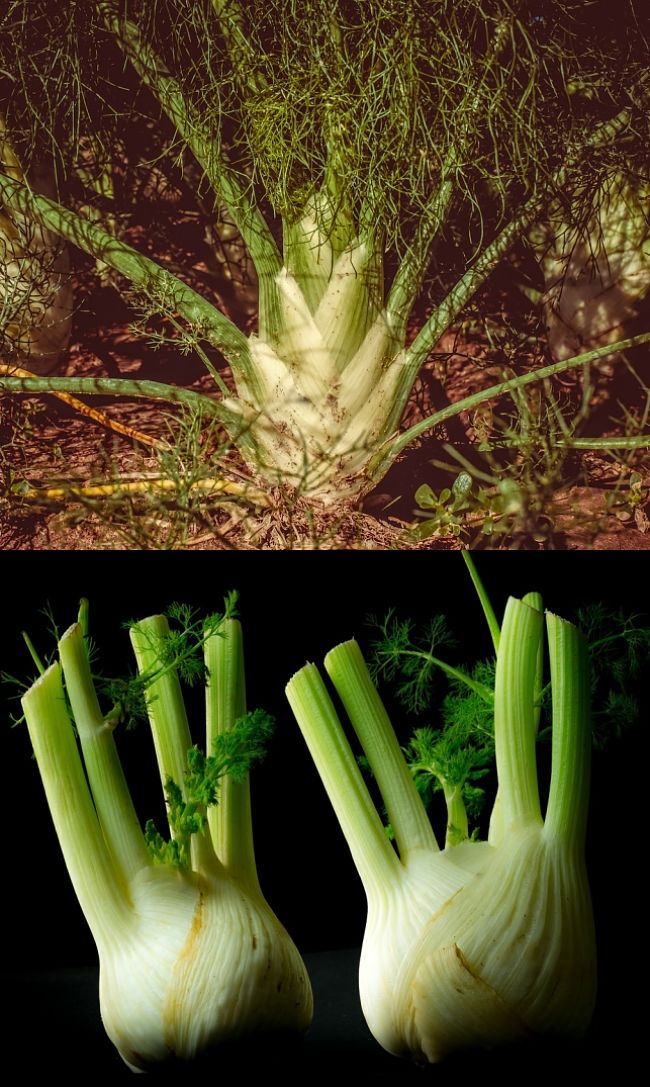Planting and Growing Guide for Finocchio (Foeniculum vulgare dulce)
Description
Finocchio is a cool-weather perennial herb, but it is better grown as an annual because the bulbous stems become more fibrous and tougher with age. It is easy to grow and self-seeds readily, so allow several larger plants to grow to maturity. The tops can be used as a garnish for fish and other dishes. Both the bulbous stem bases, leaves and seeds have a mild aniseed flavour. When chopped or sliced the bulbs have the texture of celery. Repeat sow throughout the year a need to harvest the plants when they are small and tender. Allow larger plants to grow on if you want to harvest the seeds. Finocchio prefers well- drained fertile soil and a protected area where it can spread and grow. It requires about 100 frost-free days to reach harvest. Slice the bulbs and steam boil or stir-fry. Finocchio bases, stems and leaves can be eaten raw in salads. The seeds can be used as a spice or for making pickles and sauces. Finocchio grows well in large pots and containers.
Planting Guide
Seed Depth: Plant seeds 5 mm (1/4 inch) deep in seed trays for an early start, or directly into the garden. It can sown in the garden as early as 2 to 3 weeks before the last frost date
Space between plants: Space plants about 15 cm (6 inches) apart, after thinning for harvesting as small plants. Double this spacing for large plants grown for seed. Space rows 60-90 cm (24 to 36 inches) apart
Harvest Time: Harvest in about 14-15 weeks, but juvenile plants can be harvested when quite small and used as a herb
Hints:
- Prepare the bed before planting by digging in well aged compost or manure
- Does best in full sun in cooler areas, but can grow in partially shaded areas
- Can tolerate heat but prefers cooler weather
- Water often to keep the plants growing steadily but do not overwater
- Apply mulch around the plants to control weeds and to retain soil moisture
- Feed regularly to increase yield and improve the flavor and texture
- Does best in rich, well-drained soil with neutral to slightly acid pH
- Check regularly for aphids and other pests
- The seedlings are frost tender and so start in seed trays or pots kept in protected areas. The mature plants can tolerate light frosts.
- Blanch the steam by covering the bases with mulch about 2 weeks before harvest. This makes the bulbous stems sweeter and more tender
- Remove any flower heads that appear to keep the plants enlarging the stem bases

Disclaimer: The PlantWhatWhen vegetable planting guide is only designed for use as a very general reference for home gardening purposes. It is not to be used for farming, markets or commercial activities of any kind whatsoever. We take absolutely no responsibility for the accuracy and adequacy of the information provided on this site. We recommend that you consider your local climate, weather patterns and conditions when deciding what and when to plant in your home garden. It's entirely your own decision. Happy Gardening and Best Wishes!